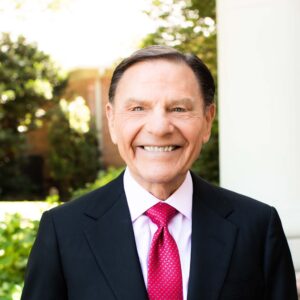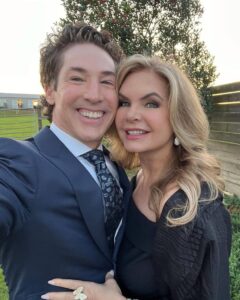Bubba Wallace recently found himself embroiled in a heated exchange on X (formerly Twitter) with NASCAR legend Dale Earnhardt Jr. The back-and-forth was sparked by comments made regarding Wallace’s racing performance, which some critics labeled as poor and suggested he was setting a bad example for younger drivers. This commentary did not sit well with Wallace, leading to a public confrontation that underscored the pressures and expectations facing drivers in the spotlight.
Wallace, who has been a trailblazer in promoting diversity in NASCAR, has faced scrutiny over his performances on the track, particularly in comparison to his peers. Critics argue that he hasn’t consistently delivered results that match the hype surrounding his career, and this has become a focal point for discussions about his impact on the sport. Earnhardt Jr., a respected figure in NASCAR, weighed in, suggesting that Wallace’s performance was disappointing and did not reflect well on the sport.
In response to Earnhardt Jr.’s remarks, Wallace fired back with a series of pointed tweets, expressing his frustration with what he perceived as undue criticism. He emphasized that racing is inherently unpredictable and that drivers are often at the mercy of numerous factors beyond their control, including mechanical issues, track conditions, and the strategies of rival teams. Wallace’s retort aimed not only to defend his own performance but also to highlight the challenges all drivers face in a highly competitive environment.
This exchange highlighted the broader issues of accountability and expectations in professional sports. For Wallace, being a Black driver in NASCAR adds another layer of scrutiny to his performance. He often feels he must carry the weight of representation for many fans who hope to see more diversity in motorsport. This added pressure can amplify reactions to his performance, making any perceived shortcomings feel more significant.
Wallace’s reaction also points to a growing trend in sports where athletes are increasingly willing to engage with critics directly on social media. This shift reflects a desire for transparency and authenticity, allowing athletes to voice their perspectives in real-time. However, it can also lead to heated disputes that escalate quickly, as seen in this case.
The exchange between Wallace and Earnhardt Jr. serves as a reminder of the fine line athletes must walk between accepting constructive criticism and standing firm against unjust attacks. Wallace’s engagement on social media demonstrates his commitment to defending his position and advocating for himself amid a challenging environment.
As the NASCAR season progresses, this incident may have lasting implications for both drivers. It raises questions about how performance is evaluated, the pressures placed on athletes, and the role of social media in shaping public perception. For Wallace, this confrontation might also serve as a rallying cry to push back against the narrative that he’s a “bad example,” urging fans and critics alike to appreciate the complexities of racing and the dedication that every driver brings to the sport.







